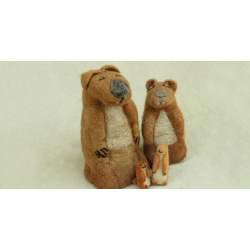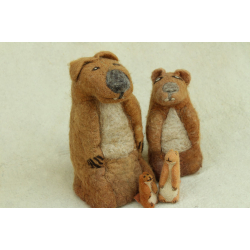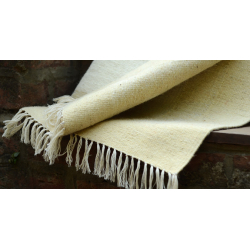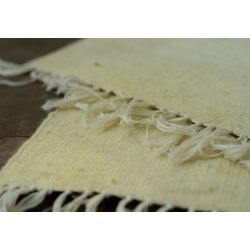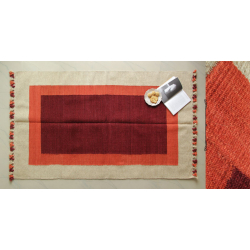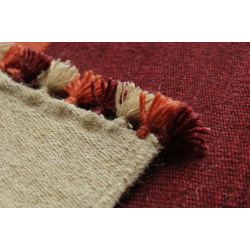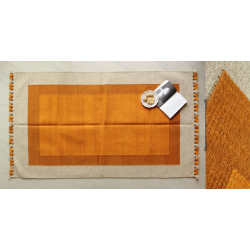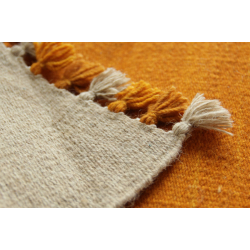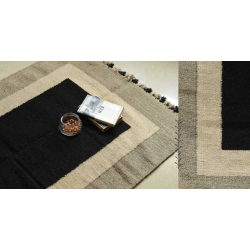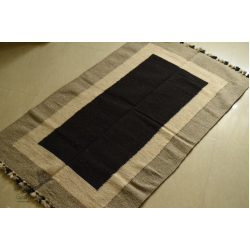From the Land of Passes ~ Mamoot ( Family )
- Availability: 1
- Made & Mkt by: Ladakh Rural Woman Enterprise
- Product Code: 4002-N-YT5
- Weight: 250.00g
- Dimensions: 16.00cm x 15.00cm x 35.00cm
Rs.2,100
These toys are made of 100% natural wool procured from the Yak of Ladakh. Hand felted by the local women, they are made of solid wool core mostly in natural white, grey and black colors with marginal use of natural colorants like turmeric for yellow.
The typical dispatch time is 2-3 days; however, in special cases, it may take longer. Please refer to the product details section for specific timelines. Once dispatched, we will share the tracking details with you.
For returns, you can file a request within 24 hours of receiving the product. If the package is damaged, please make a video while unboxing and share images of the damaged item along with your return request.
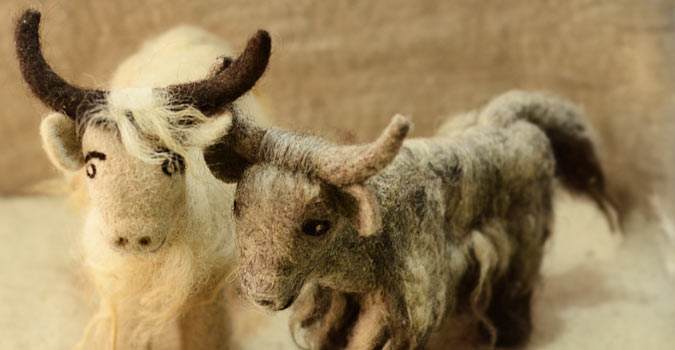
“Ladakh Rural Woman Enterprise” is an initiative to keep the handicraft traditions of Ladakh alive. Founded by Tsering Dolma in 2012, the organization incorporates and empowers about 40 rural women from various remote villages of Ladakh. With a strong hold on various craft techniques and deep rooted connection with the culture of the region, Tsering has been tirelessly working in the sector for past 20 years. Her self-belief and professional commitment is an inspiration to many who have stepped out of the confined boundaries of their houses to realize their dreams.

The organization works with the artisans of pashmina weaving, knitting, woolen felt toy making, traditional shoe making, Tie and Die et al. Owing to extreme weather conditions in winters between September to March, the region lays quiet and frozen under a thick sheet of ice and the movements restricted. Some areas of Ladakh get completely cut off from the rest of the civilization. In such harsh cold, with near to nothing infrastructure in the villages these artisans are forced to stay home. Huddled up together, in layers and layers of woolens and wood burning to keep the blood running in their veins, they still have their creative juices flowing. Weavers weave, toy makers make toys, shoe makers make shoes, women stitch local garments (Goncha) but they do it all with lots of wool around them. This besides keeping them warm is the prime raw material for most of the crafts of Ladakh, which primarily are products from their own lifestyle.

Pashmina is procured from Changthang and nearby Govt. setup at Upshi and distributed amongst the village women, who work from their homes to make some of the most beautiful and exquisite products from the region. A dehairing plant has also been set up at Stopdan under the name of ‘Changthang Co-operative’ for separating wool from pashmina, which comes as a mixed lot from various shearing units. This process of separating pashmina from the rest was also done manually by the older women of the shepherd or weaver community till very recently.

“Pure Pashmina with so many false duplicates floating in the market is a product of rarity these days”, Tsering explains. “While pashmina is the name for the softest inner most layer of hair of a special breed of goat found only on the highest livable mountains of Ladakh, the region is the only source of raw material, though the weaving happens in many clusters in Ladakh and Kashmir.” Increasing demand of the shawls has also led to setting up of power looms. Yak wool with its comparatively coarse texture is another specialty of the region.

“The value of the craftsmanship gets diluted and wasted when a foreigner buys and sells their products without knowing the process behind it and convening it at the time of sales.” She says while her hands are busy pricking the woolen Himalayan Marmot. Felting is a process they learnt in a workshop several years back and have been making woolen toys ever since. Along with the natural wool colors like shades of grey and brown they also dye the wool in natural colors like mustard yellow from ‘Rubab roots’ to add character to these toys. A special teethed pin with wooden handle is used to prick a body of wool held in hands, this helps in mixing and entangling the fibers across its thickness and making a homogenously thick mass of wool. Colored layers are added on top and attached to the base in the same manner; this is done to create patterns on the base body.
| Craftsmen | |
| Made by | Ladakh Rural Woman Enterprise, Ladakh |
| Material | |
| Made of | 100% wool |
| Instruction | |
| About Sizes | Large -L:16 W:15 H-35 Medium - L:11 W:11 H-26 Small - L:4 W:4.5 H-13 |
Molela is a small, non descript village in the Rajsamand district of Rajasthan, situated on the banks of the river Banas. Normally, it could pass off ..
Rs.2,800
Molela is a small, non descript village in the Rajsamand district of Rajasthan, situated on the banks of the river Banas. Normally, it could pass off ..
Rs.2,800
Molela is a small, non descript village in the Rajsamand district of Rajasthan, situated on the banks of the river Banas. Normally, it could pass off ..
Rs.3,000
Molela is a small, non descript village in the Rajsamand district of Rajasthan, situated on the banks of the river Banas. Normally, it could pass off ..
Rs.2,800
Man, an eternal traveler has traversed landscapes... on foot, on his rides, on flights in search of better lands, wealth and at times merely for wande..
Rs.2,940
Man, an eternal traveler has traversed landscapes... on foot, on his rides, on flights in search of better lands, wealth and at times merely for wande..
Rs.2,940
Man, an eternal traveler has traversed landscapes... on foot, on his rides, on flights in search of better lands, wealth and at times merely for wande..
Rs.4,705
The beautiful town of
Channapatna is located in Karnataka, around 60km from its capital Bengaluru. On the way from
Bengaluru to Channapatna, fr..
Rs.1,899
CRAFTUSCraftus is the Brand of Srishti Lifestyle Pvt Limited. TheCompany was established by Debjani Banerjee – A connoisseurOf Indian Crafts. The Smal..
Rs.1,300
Large fields, small hills, going uphill in the summer and coming downhill in the winter, amidst the beautiful mountains… this is the life of the Bhoti..
Rs.2,510
Spring tickles my feet as love soaks this air,Is it a new reason to live, or just this excuse of the fair.I can wait to look my best, as I embrace the..
Rs.1,600
A synesthetic expression…where songs and words dance on canvas, colours and patterns make musical harmonies…The Gond tribal painting is an experience ..
Rs.2,600
A haat bazaar in Sitamarhi district of Bihar is abuzz with villagers, children springing around the toy seller, plundering his basket, men hawking on ..
Rs.350
In the dark of the night, loud beats of the drum and cries of the war horn fill the sweltering air, while glowing kings and demons fight across the fl..
Rs.1,400
Gathering commences in the middle of deserted pavilions where velvet carpets adorn the Dessert lands & Manganiyars play folk music as a bugle for ..
Rs.512 Rs.1,025
Gathering commences in the middle of deserted pavilions where velvet carpets adorn the Dessert lands & Manganiyars play folk music as a bugle for ..
Rs.512 Rs.1,025
Gathering commences in the middle of deserted pavilions where velvet carpets adorn the Dessert lands & Manganiyars play folk music as a bugle for ..
Rs.512 Rs.1,025
Gathering commences in the middle of deserted pavilions where velvet carpets adorn the Dessert lands & Manganiyars play folk music as a bugle for ..
Rs.512 Rs.1,025
A familiar chatter swells in the air as feet chase the trail of a carelessly flying odhani in the by-lanes of Bhuj, spilling colors all over. While&nb..
Rs.3,070 Rs.3,412
A familiar chatter swells in the air as feet chase the trail of a carelessly flying odhani in the by-lanes of Bhuj, spilling colors all over. While&nb..
Rs.9,310 Rs.10,345
A familiar chatter swells in the air as feet chase the trail of a carelessly flying odhani in the by-lanes of Bhuj, spilling colors all over. While&nb..
Rs.3,460 Rs.3,845

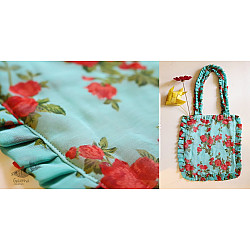
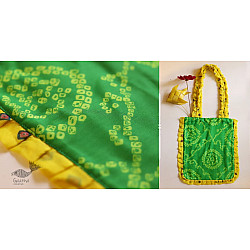
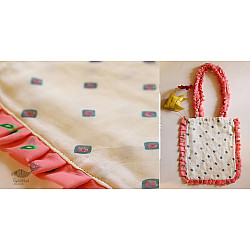
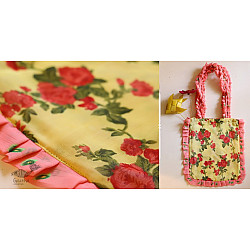
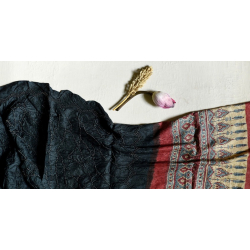
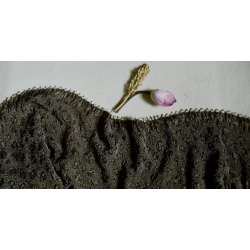
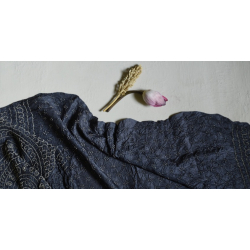
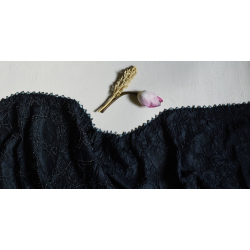
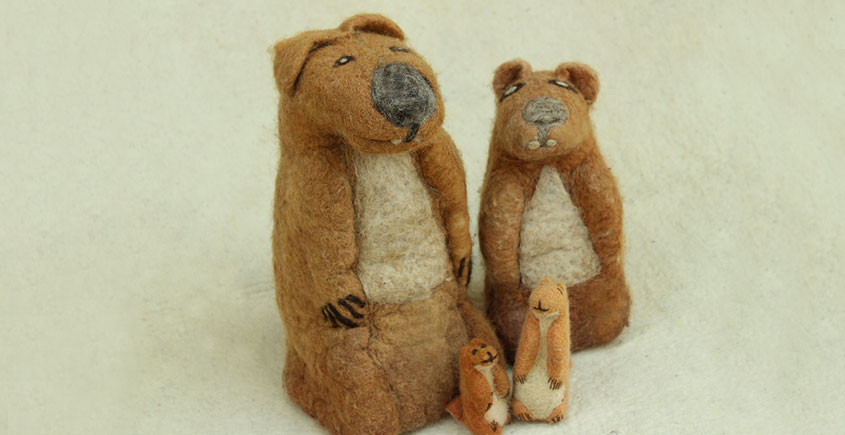
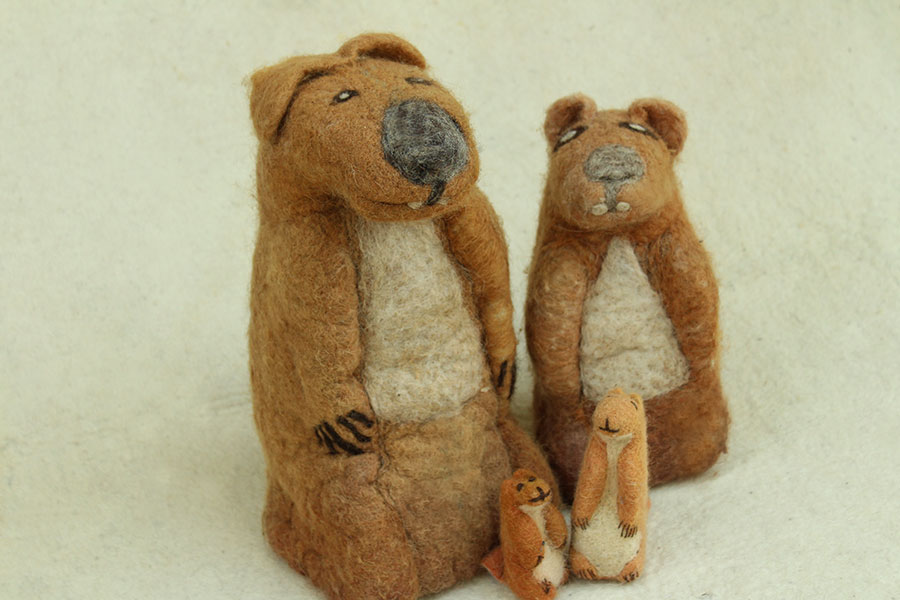
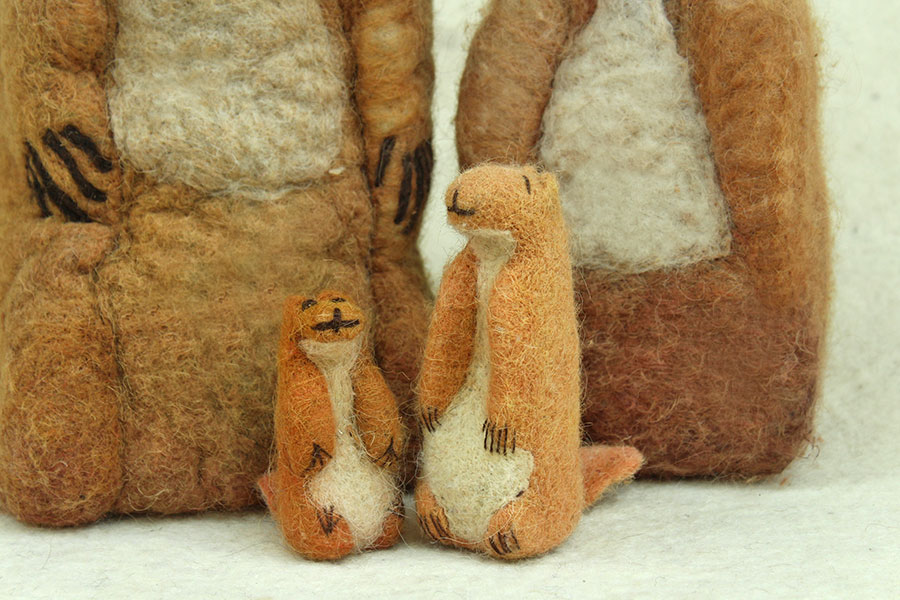




-225x150w.jpg)
-1-225x150w.jpg)
-225x150w.jpg)
-225x150w.jpg)
-225x150w.jpg)
-225x150w.jpg)
-225x150w.jpg)
-225x150w.jpg)
-225x150w.jpg)
-225x150w.jpg)
-225x150w.jpg)
-225x150w.jpg)
-225x150w.jpg)
-225x150w.jpg)
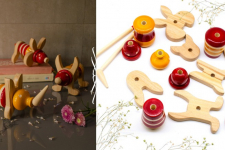
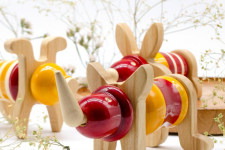
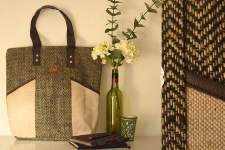
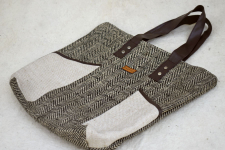
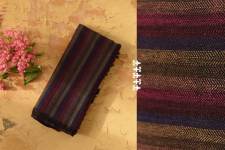
-225x150w.jpg)

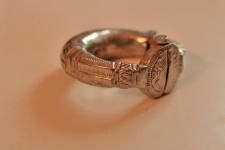
/01_03_2024/Gond-Art-Hand-Painted-Gond-Painting-11-5-x-15-inch-H-225x150h.jpg)
/01_03_2024/26-2-225x150w.jpg)
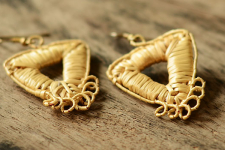
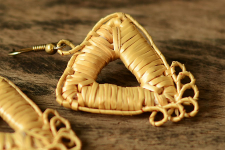
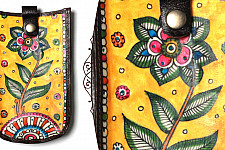
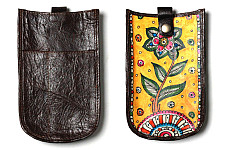









-225x150w.jpg)

-225x150w.jpg)

-225x150w.jpg)
